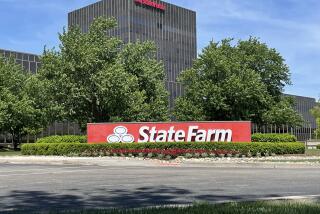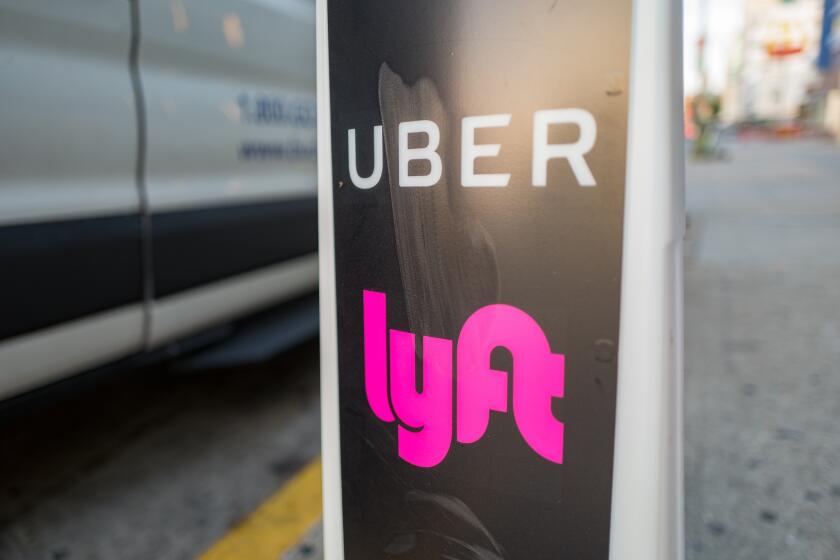Health-Care Rates Rise 3.3%, Study Finds
- Share via
Health insurance rates nationally rose just 3.3% during the last year, a considerably slower rate of growth than some experts had forecast, according to a new study by KPMG Peat Marwick.
Medical premiums rose a more brisk 4.2% in California, where managed care is more dominant and HMOs weakened by stiff competition are seeking sharp premium hikes, according to the survey released Monday.
Many experts have been predicting a return to high single-digit or low double-digit medical inflation, so the study suggests that some of those estimates have been overblown--at least for now.
“We anticipate a stable trend in health-care inflation by historic standards, with only moderate rate increases foreseen over the next couple years,” said Jon Gabel, a KPMG research director.
Gabel predicted that business health-care cost increases will pick up next year, but probably not at the double-digit rate estimated by some industry consultants. While business health insurance premiums could rise as much as 8%, the average increase nationally will more likely be closer to 4.5%, he said.
The study’s findings were drawn from a survey of 1,583 U.S. companies with more than 200 employees. The rate changes are for a one-year period ended this March, and thus do not reflect employers’ negotiations with health plans for 1999 rates.
The California increase of 4.2% is largely in line with recent price increases announced by several of the state’s most influential purchasers of health care.
In April, the California Public Employees Retirement System, which purchased health care on behalf of more than 1 million state employees, their families and retirees, announced that HMO premiums would rise an average of 5% next year.
And the Health Insurance Plan of California, a state-run health insurance purchasing cooperative for small businesses known as the HIPC, negotiated an average rate hike of 4.3% for 1999. But the rate hikes vary depending on the health plan. For example, the HIPC said some of its largest HMOs got rate hikes of 8% to 14%.
Another notable exception is Kaiser Permanente, the state’s largest HMO, which is imposing double-digit increases on many of its customers, both small and large. Kaiser, which lost $270 million in 1997 and is expected to post losses this year, has said the bigger rate hikes are needed to restore its financial health.
The KPMG survey also said that underlying medical inflation--including doctor and hospital fees and prescription drug costs--increased less than 3% last year, one of the lowest rates ever recorded.
More to Read
Inside the business of entertainment
The Wide Shot brings you news, analysis and insights on everything from streaming wars to production — and what it all means for the future.
You may occasionally receive promotional content from the Los Angeles Times.










